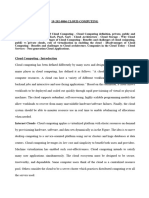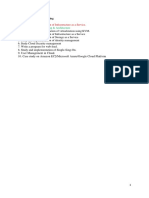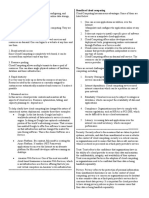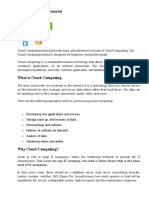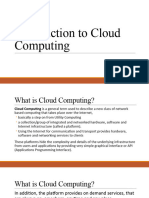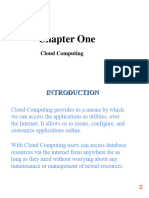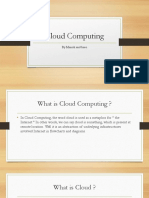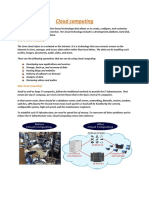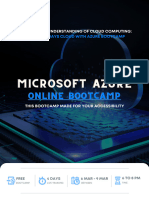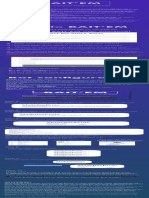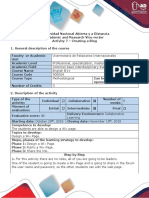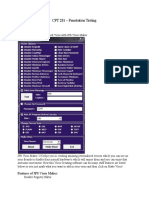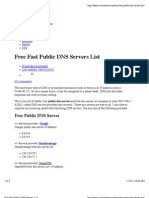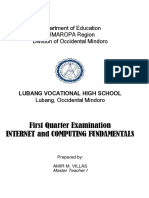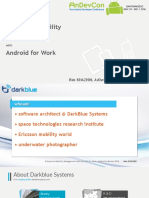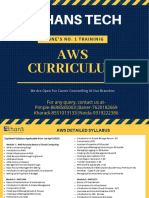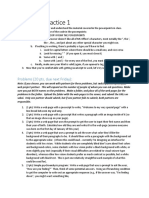0% found this document useful (0 votes)
12 views23 pagesCloud Computing
The document outlines the fundamentals of cloud computing, including its history, service models, and deployment types. It discusses the advantages and disadvantages of cloud computing compared to traditional computing, highlighting cost efficiency, accessibility, and security concerns. Additionally, it details various cloud service providers and applications across different sectors.
Uploaded by
vikrammadhad2446Copyright
© © All Rights Reserved
We take content rights seriously. If you suspect this is your content, claim it here.
Available Formats
Download as PDF, TXT or read online on Scribd
0% found this document useful (0 votes)
12 views23 pagesCloud Computing
The document outlines the fundamentals of cloud computing, including its history, service models, and deployment types. It discusses the advantages and disadvantages of cloud computing compared to traditional computing, highlighting cost efficiency, accessibility, and security concerns. Additionally, it details various cloud service providers and applications across different sectors.
Uploaded by
vikrammadhad2446Copyright
© © All Rights Reserved
We take content rights seriously. If you suspect this is your content, claim it here.
Available Formats
Download as PDF, TXT or read online on Scribd
/ 23

